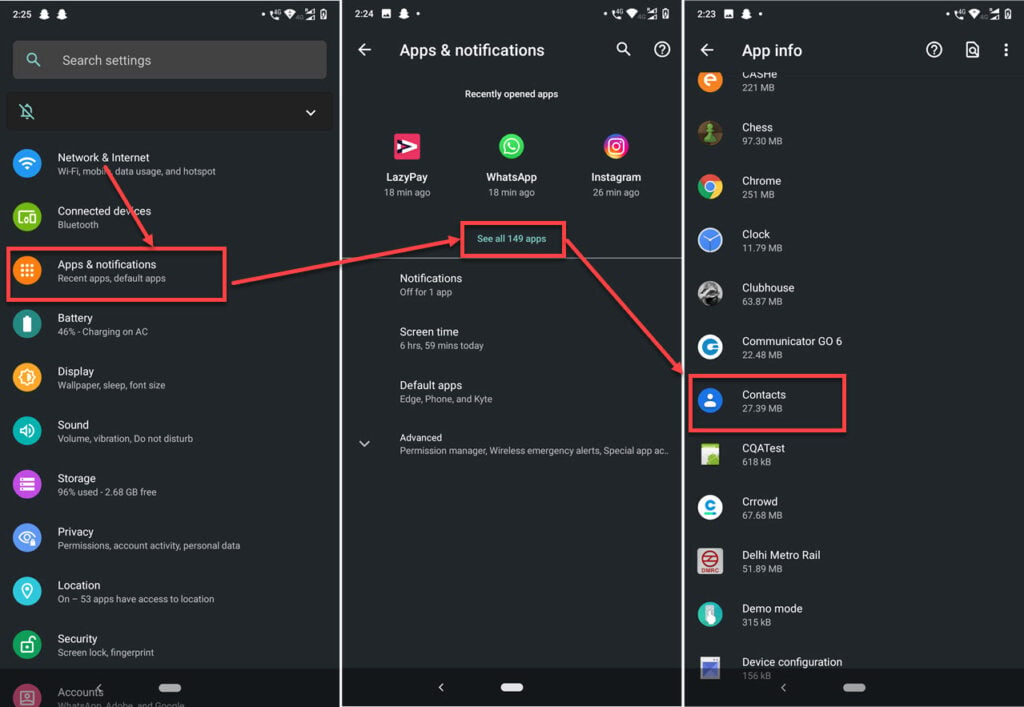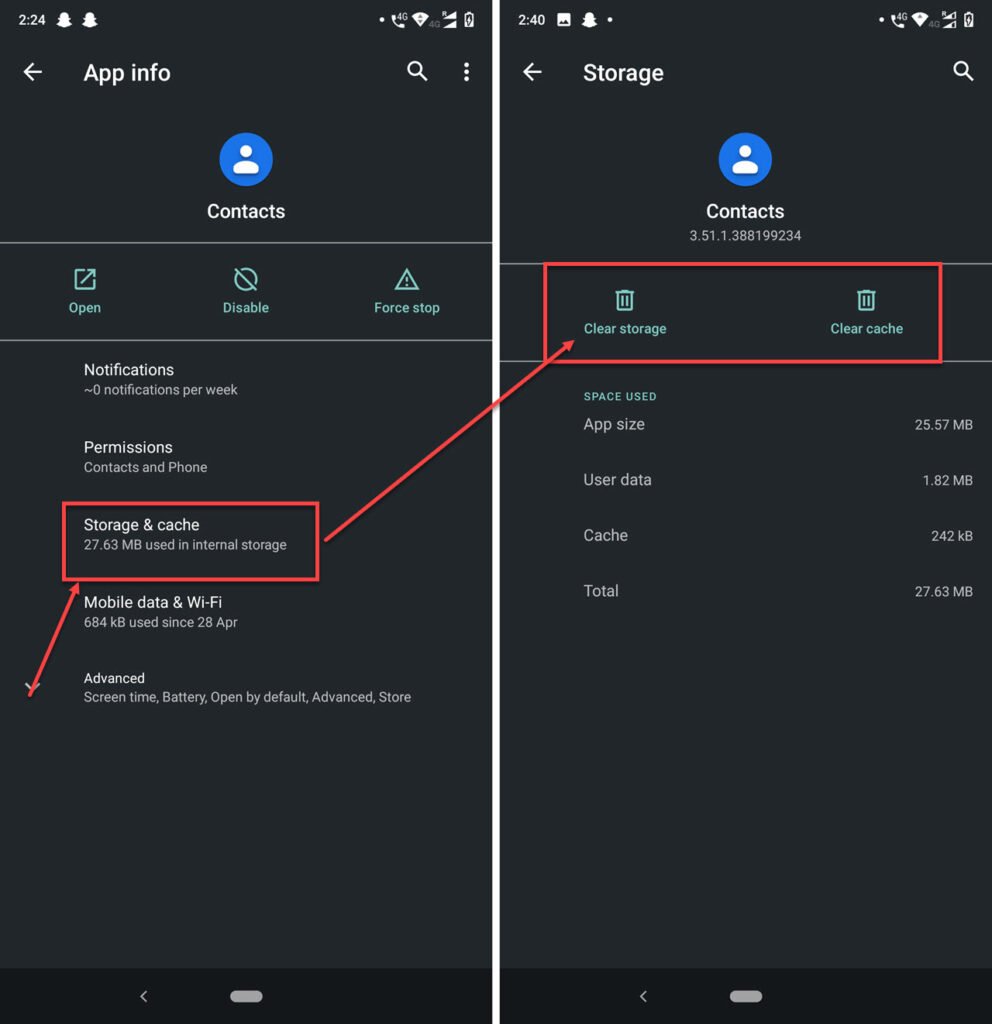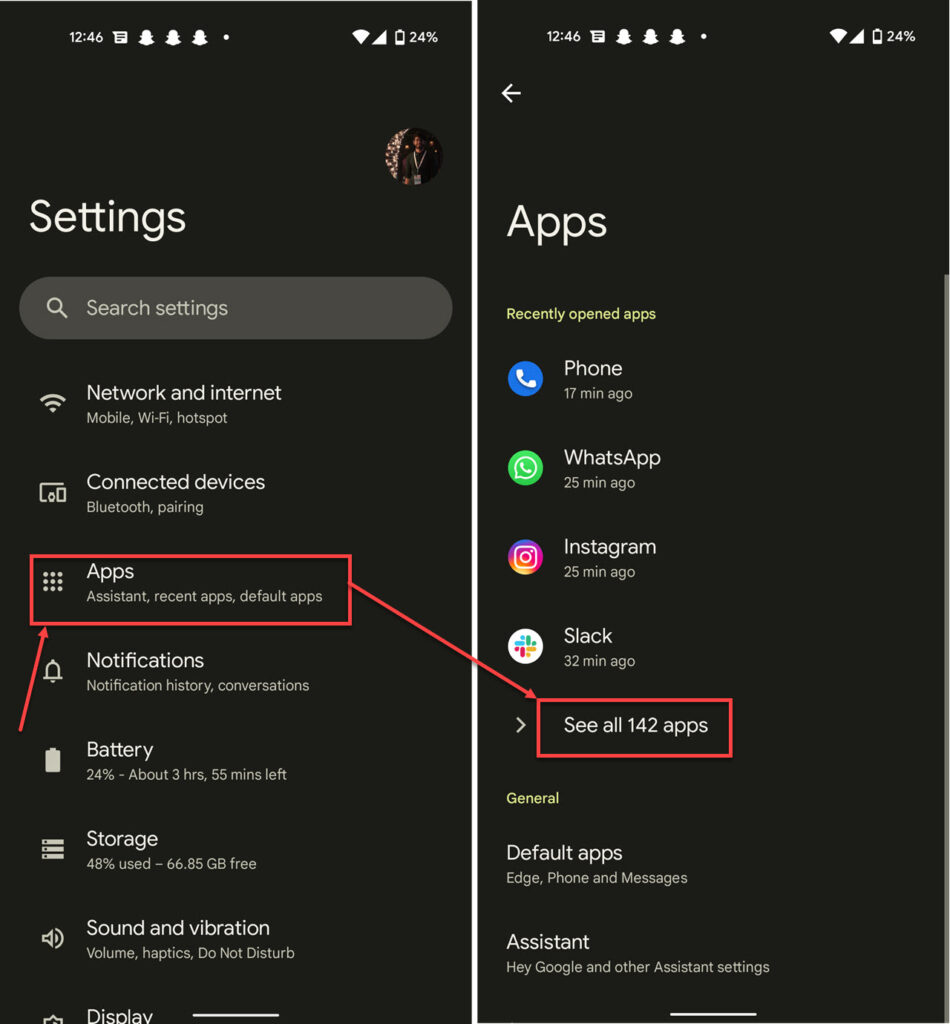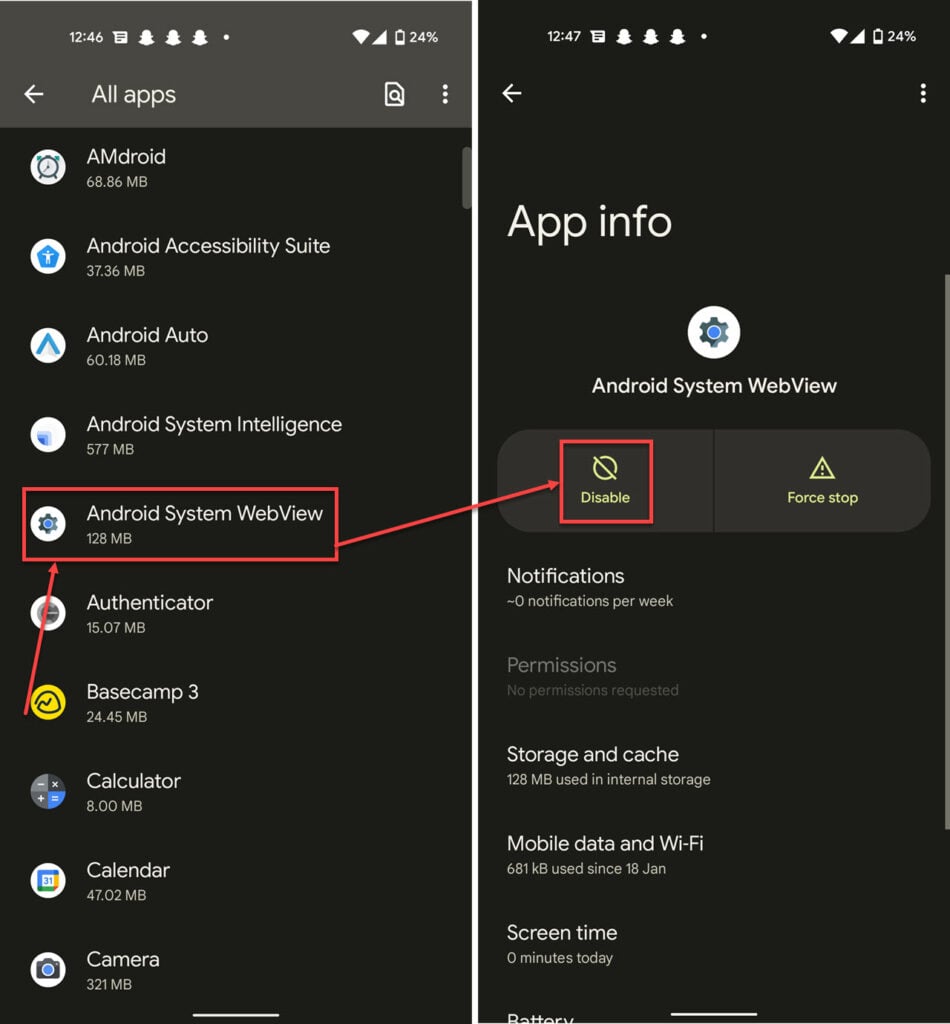Most manufacturers install on their phones apps for users out of the box. Sometimes they’re useful; sometimes, they’re just an inconvenience. Regardless, they’re usually quickly forgotten.
However, not every preinstalled app is bloatware and useless. We’re talking about Carrier Hub, an app you’ll usually see pre-installed on new phones in this article.
Also read: SO file: Everything you need to know
What is Carrier Hub?
As mentioned before, Carrier Hub is an app that comes pre-installed when you purchase a new phone from a carrier. Different carriers have different app versions that work precisely according to the manufacturer’s needs.
The app generally enables any carrier-specific features and products such as voice-over WiFi that might be on offer and would be unavailable to access otherwise.

While preinstalled on your phone, the apps do get their updates from the Google Play Store, which is why you’ll be able to see them listed there as well. You also can’t install it for any other carrier than the app is made for, meaning if your carrier doesn’t provide one, you won’t have a Carrier Hub app on your phone.
Permissions used by Carrier Hub
Preinstalled apps often have several system permissions, and Carrier Hub is no different. It generally has access to development tools which provide access to system storage, can modify system settings and read log data. The app uses location permissions; it can also fetch your exact location coordinates.
Since one of the app’s features is to enable WiFi calling, it also gets permissions for network connectivity, meaning it can see the WiFi networks you connect to and Bluetooth devices. Last but not least, the app can access phone states and calling data.
Also read: What’s the difference between 5G, 5G Plus, 5G UW and 5G UC?
Possible issues caused by Carrier Hub
Just because the app enables additional carrier features, that doesn’t make it immune to bugs and glitches, and sometimes, the app can cause several problems on your phone.
- Battery drain: Since there’s yet another app using your phone’s resources in the background, Carrier Hub can often contribute to faster battery drain on your phone.
- Performance impacts: The app can often use quite a lot of system resources in the background, causing performance drops on your phone.
- Using mobile data: The app runs in the background and uses mobile data to communicate with the carrier’s servers. This can sometimes use more data than expected, causing you to run out of mobile data faster.
Also read: What does invalid MMI code mean? How to fix it?
Fix Carrier Hub issues
If you’re facing problems with the Carrier Hub app not being responsive or slowing down your phone, you can take the following fixes.
Clear the app’s cache
Clearing an app’s cache more often than not can get it back up and running properly in no time.

- Open your phone’s settings and head over to Apps & notifications.
- Tap See all apps.
- Find Carrier Hub in the list.

- Tap Storage & cache.
- Tap the Clear storage and Clear cache buttons to remove all data.
Restart your phone, and you should be good to go. You can also try force closing the app from step 5 to see if that helps.
Disable Carrier Hub
If you feel you’ve had enough of the app, you can even go ahead and disable it altogether.
Keep in mind that since this is a system-level app which comes preinstalled on your phone, you can completely delete the app from your phone.

- Head over to your phone settings and tap Apps.
- Tap Show all apps.

- Find Carrier Hub in the list. Tap it to proceed.
- Tap the Disable button.
The Carrier Hub app will now not use any of your system resources. Keep in mind that disabling the app will also disable any additional features it offers.
Also read: 7 ways to know your phone is hacked






